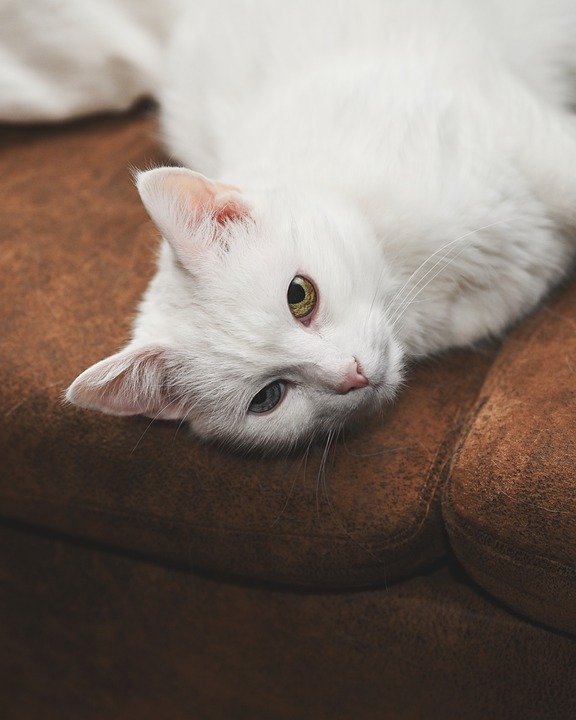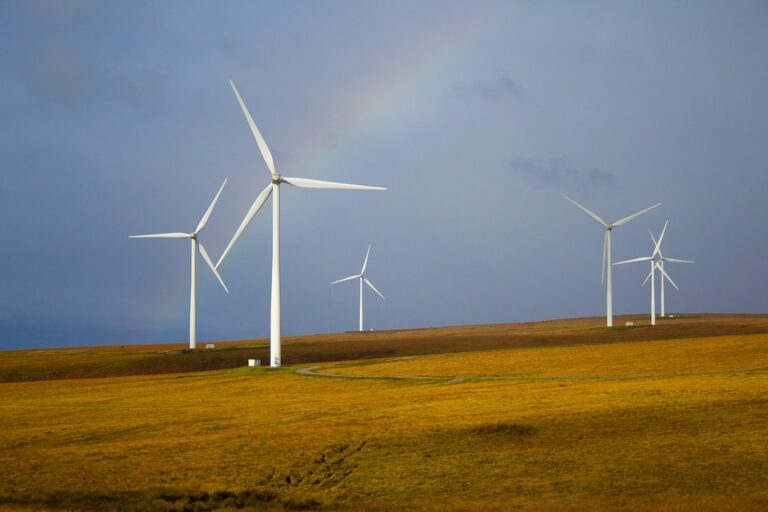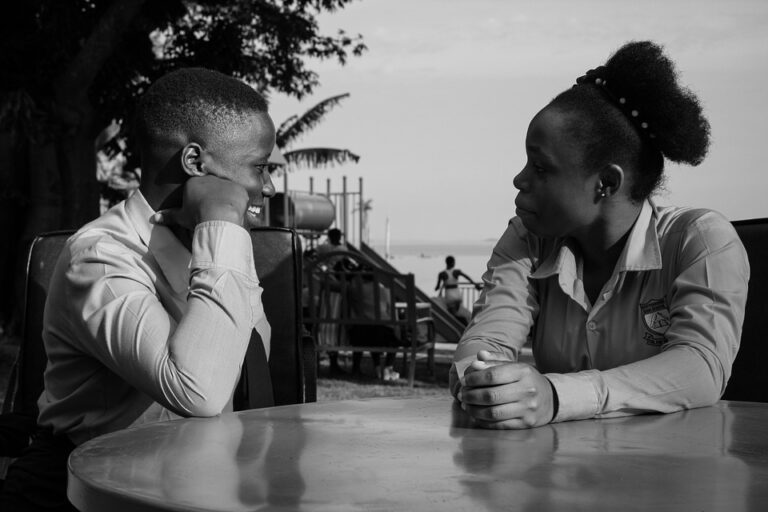What is Circular Fashion?

Understanding Circular Fashion: A Comprehensive Guide
In recent years, the fashion industry has faced increasing scrutiny over its environmental impact and unsustainable practices. As a response to this growing concern, the concept of circular fashion has emerged as a vital solution for creating a more sustainable and eco-friendly future in fashion. But what exactly is circular fashion? This guide aims to break down the concept, exploring its principles, benefits, and how it’s reshaping the fashion landscape.
What is Circular Fashion?
Circular fashion is an approach to designing, producing, and consuming fashion products in a way that extends their life cycle while minimizing waste and environmental impact. Unlike the traditional linear fashion model—where clothes are made, worn, and disposed of—circular fashion aims to close the loop by incorporating recycling, repairing, and upcycling into the fashion cycle.
The Principles of Circular Fashion
Central to circular fashion are the principles that guide its ethos and practice:
1. Design for Longevity
Design for Longevity is a fundamental principle that encourages fashion designers to create high-quality products that are built to last. This means using durable materials and timeless designs that do not fall victim to fast-changing fashion trends. Focusing on durability helps reduce the frequency of replacing garments, thus reducing waste.
2. Resource Efficiency
Circular fashion emphasizes resource efficiency by minimizing the use of raw materials, water, and energy in the production process. This principle pushes for more sustainable material sourcing, such as utilizing organic or recycled fibers, and optimizing the use of resources to minimize the environmental footprint.
3. Waste Minimization
An essential aspect of circular fashion is waste minimization. By employing practices such as repair, reuse, and upcycling, fashion brands can significantly reduce waste. These approaches help to extend the life cycle of clothing and reduce the environmental impact associated with disposal.
4. Recyclability
Recyclability is key in circular fashion, where materials are designed to be easily recycled at the end of their life. This requires thoughtful design and material selection to ensure that garments can be dismantled and reprocessed into new materials or products.
5. Ethical Production
Last but not least, circular fashion prioritizes ethical production. This means ensuring supply chain transparency, fair labor practices, and safe working conditions, thus addressing not only environmental but also social issues within the fashion industry.
The Benefits of Circular Fashion
Transitioning to a circular fashion model offers numerous benefits that impact the environment, economy, and society as a whole:
Environmental Impact
Circular fashion contributes to the reduction of greenhouse gas emissions and pollution. By utilizing sustainable resources and reducing waste, this approach lessens the degradation of natural habitats and ecosystems, aiding in the fight against climate change.
Economic Advantages
The economic advantages of circular fashion cannot be understated. By conserving resources and reducing waste, companies can lower production costs and create new business opportunities in recycling and reselling. Additionally, the circular model supports innovation and product differentiation, further driving economic growth.
Social Contributions
Circular fashion promotes better working conditions and labor practices within the fashion industry. The focus on ethical production ensures that workers are treated fairly, contributing to improved livelihoods and social equality.
How is Circular Fashion Innovating the Industry?
Circular fashion is not merely a trend but a comprehensive shift in how the fashion industry operates. Here are some ways it is driving innovation:
Material Innovations
There’s been a surge in material innovations within circular fashion. Brands are investing in research to develop sustainable materials like bio-fabrics, lab-grown leather, and fabrics made from agricultural waste. These innovations are not only eco-friendly but also offer unique textures and functionalities, enhancing fashion design creativity.
Brand Collaborations
Brand collaborations play a pivotal role in advancing circular fashion. By joining forces, brands can share resources, expertise, and infrastructure to create circular solutions. These collaborations often result in creative initiatives that bring circular concepts to a broader audience and encourage industry-wide adoption.
Technological Advancements
From blockchains for supply chain transparency to AI-driven recycling technologies, technological advancements are integral to circular fashion’s success. Cutting-edge tools enable better resource management, accurate forecasting, and enhanced product lifecycle tracking, all contributing to a more efficient and sustainable fashion ecosystem.
Consumer Influence and the Rise of Circular Fashion
The shift towards circular fashion is also driven by consumer demand. More individuals are becoming environmentally conscious and prefer sustainable, ethically-produced products. This shift has increased demand for circular fashion items, pushing brands to adapt and innovate to meet these expectations.
The Role of Consumer Education
Educating consumers about the importance and benefits of circular fashion is crucial. By raising awareness about the environmental impacts of fashion and the value of sustainable consumption, more consumers can make informed choices that align with their values.
Secondhand Market Growth
One significant trend driving circular fashion is the growth of the secondhand market. Platforms like Depop, ThredUp, and Poshmark have popularized buying and selling pre-loved fashion, thereby extending the lifecycle of garments and reducing waste. This trend is helping to normalize circular consumption habits among diverse consumer groups.
Challenges Facing Circular Fashion
Despite its numerous benefits, circular fashion faces several challenges that need addressing to facilitate its widespread adoption:
Supply Chain Complexities
Creating a fully circular supply chain is complicated, as it requires coordination among multiple stakeholders to ensure that materials can be recycled and reused efficiently. Achieving this coordination can be particularly challenging for global brands with diverse supply networks.
Consumer Behavior
Changing consumer behavior is another hurdle for circular fashion. While awareness is growing, many consumers still prioritize cost and convenience over sustainability. Educating consumers to value quality and sustainability over fast-fashion buys is essential to overcoming this challenge.
Financial Constraints
For smaller brands, the transition to circular fashion can be financially daunting. The initial investment in research, development, and infrastructure necessary to implement circular methods can be prohibitive without the right funding and support.
The Future of Circular Fashion
Despite these challenges, the future of circular fashion remains promising. Ongoing innovations and increased public awareness around sustainability suggest a shift towards more eco-friendly and ethical fashion practices. In the coming years, we can expect more brands to integrate circularity into their operations, further fostering a sustainable fashion ecosystem.
Utilizing circular fashion practices not only reflects a commitment to environmental stewardship but also anticipates an inevitable industry-wide transformation. Brands, consumers, and policymakers must continue to push for change and innovation to build a more viable and enjoyable future in fashion.
Conclusion
Circular fashion offers a powerful framework to transform the fashion industry, making it more sustainable, ethical, and efficient. By embracing the principles of longevity, resource efficiency, waste minimization, recyclability, and ethical production, the industry can evolve into a system that respects both the planet and the people. Through collaboration across the industry and shifts in consumer behavior, circular fashion has the potential to redefine the future of fashion for generations to come.





